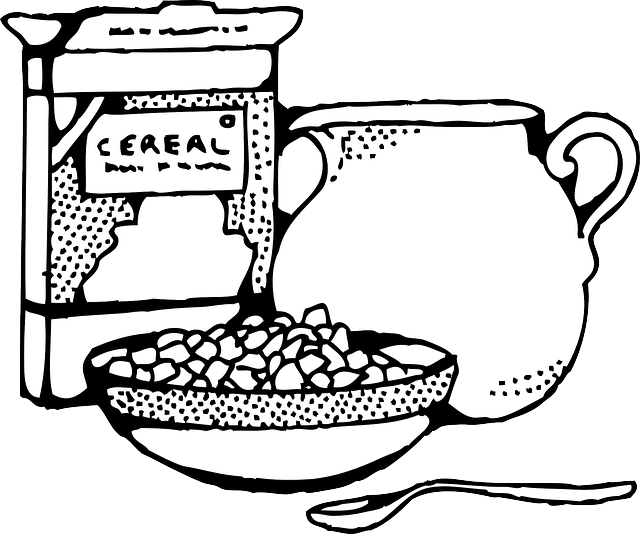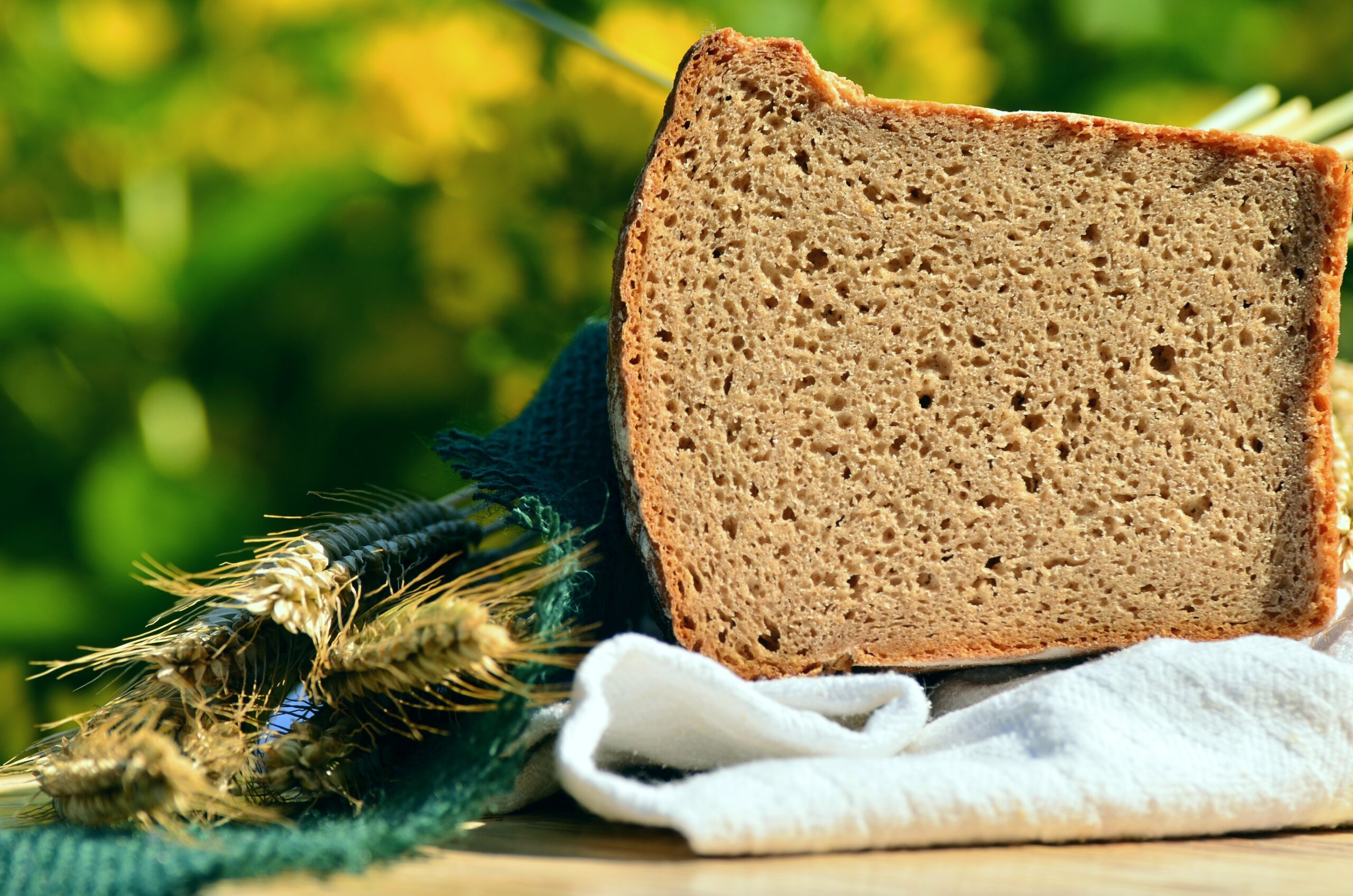Benefits of Fiber
Facts and Benefits of Fiber
Fiber is not a single substance. It is an enormous group of widely different chemical substances with varied physical properties. Fiber is divided into two basic types – soluble and insoluble. Foods differ in the type and amount of fiber they contain. But all types of fiber have two things in common: they are found only in plant foods and they are resistant to human digestive enzymes (that is they pass through the digestive tract without being completely broken down).
 Downshiftology Healthy Meal Prep |
While other basic foods are nearly all digested and absorbed as they pass through the small intestine, fiber enters the large intestine more or less intact. Being indigestible, fiber also contributes no nutrients to the body, and so for many years, no one thought removing it from food was bad (hence, the popularity of “softer” white bread over whole wheat). But nutritionists have discovered that fiber performs valuable functions precisely because it is not digested.
Fiber Facts
Insoluble fiber is like a sponge: it absorbs many times its weight in water, swelling up within the intestine. Insoluble fiber is found mainly in whole grains and on the outside of seeds, fruits, legumes, and other foods. It is best to eat unrefined foods since insoluble fiber is key in promoting more efficient elimination by increasing stool bulk and may alleviate some digestive disorders.


Soluble fiber is found in fruits, vegetables, seeds, brown rice, barley, oats, and oat bran. It can help produce a softer stool, but does less to help the passage of food; rather, it works chemically to prevent or reduce the absorption of certain substances into the bloodstream.
Fiber Benefits
- Constipation
- By promoting more efficient elimination, whole-grain fiber almost inevitably halts common constipation when taken with adequate amounts of fluid. The fiber and the water it retains produce a larger, softer stool that the digestive system can pass quickly and easily.
- Cancer
- Colon cancer is rare among people with a diet low in meat and rich in high-fiber foods. No one knows exactly how fiber may protect against this cancer, but there are several likely mechanisms. It may move intestinal contents faster through the bowel, thus decreasing the length of time the bowel wall is exposed to potential carcinogens. And fiber may dilute carcinogens as well or possibly bind or inactivate them in some way.
- Heart Disease
- An elevated cholesterol level is know to one of the chief risk factors in heart disease, and a number of studies have linked high-fiber intake with low levels of cholesterol. It is proposed that fiber may alter fat or cholesterol absorption in the large bowel. Some studies suggest that soluble fiber produces a reduction in LDL (“bad”) cholesterol levels without decreasing HDL (“good”) cholesterol levels.
- Diabetes
- Elevated blood sugar levels are a major problem in diabetes. Researches have shown that fiber may have a potent effect on blood sugar levels. Other studies have also shown that a high-carbohydrate, high-fiber diet improves glucose tolerance. One theory is that the gums in soluble fiber may delay the emptying of the stomach or even the absorption of glucose.
You can ensure an adequate fiber intake by gradually adopting these steps:
- Eat a variety of foods – the less processed the better. Bran, for example, is a superb source of fiber.
- Eat more fruits and vegetables. Eat them unpeeled, such as baked potatoes or apples with their skin.
- Drink plenty of liquids. Otherwise fiber can slow down or even block proper intestinal digestion.
- Spread out your fiber intake. Getting all you fiber at one sitting may cut the benefits and increase unpleasant side effects.
 |
|
Food Additives Healthy Eating Twelve Steps to a Healthy Diet Fruits and Vegetables |









I have been eating Oat Bran Cereal since I was a kid. I had no idea how good for me it was, I just like it.